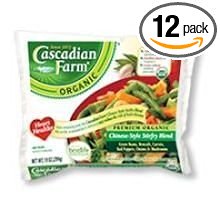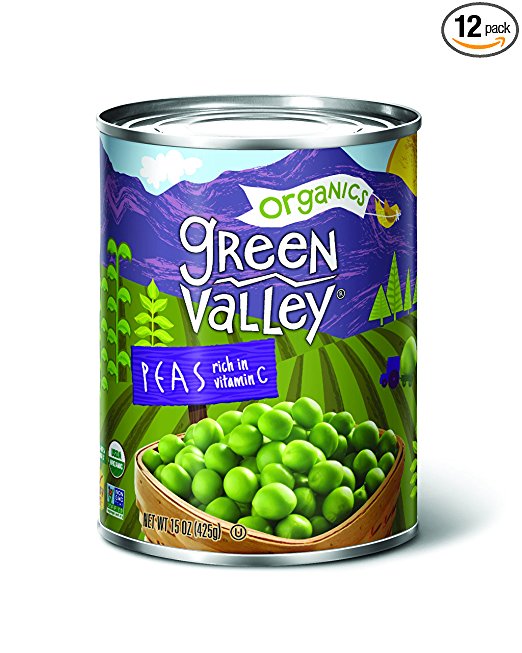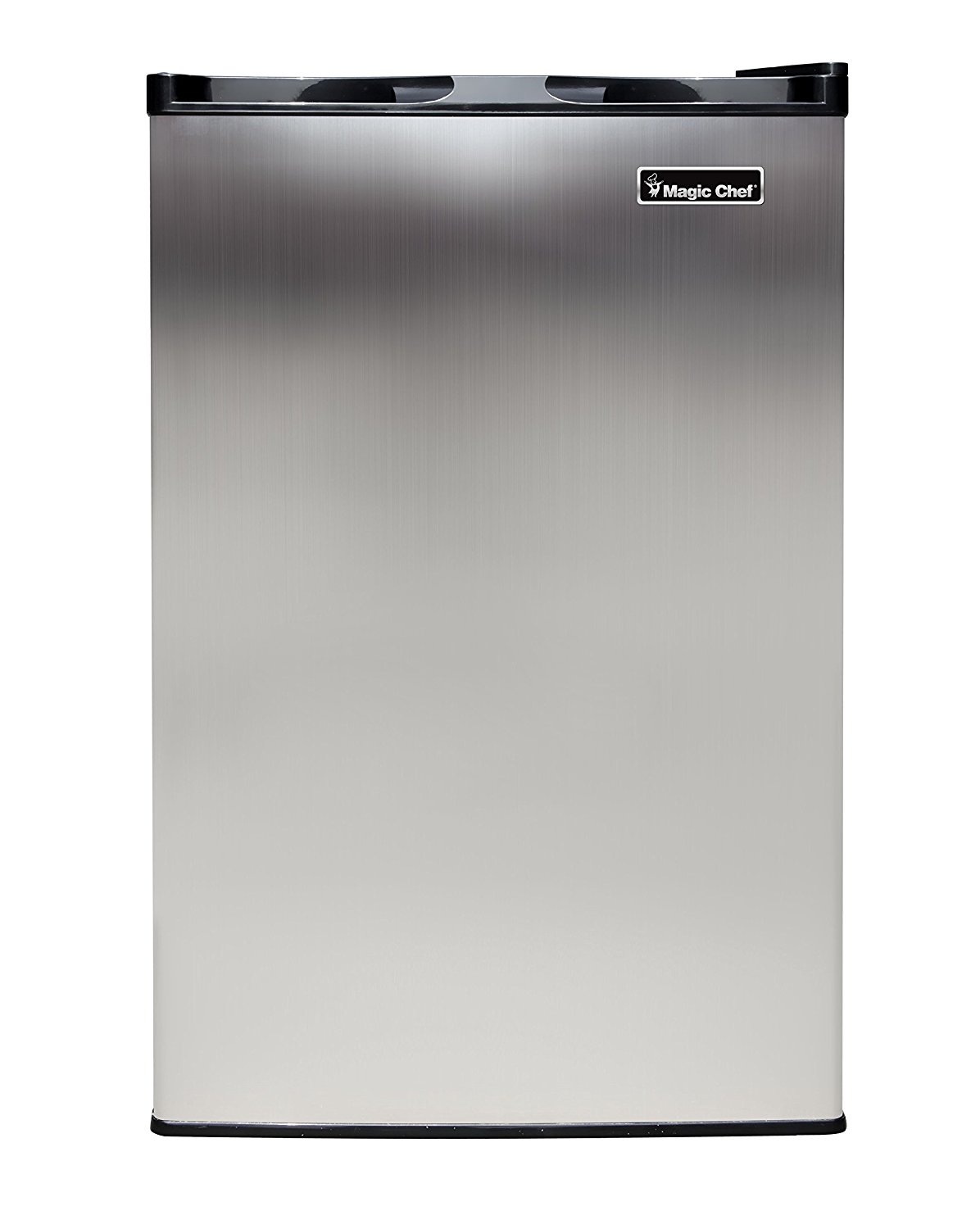10 Tips for Eating Healthy on a Budget
Fast foods appeal to many people. They are cheap, filled with tasty flavors and fit in today’s fast paced world where many people hardly have enough time to cook their own meals. But those burgers, fries, pizzas, donuts and soft drinks come with a hidden price – your health. Fast foods are often loaded with too much sodium, extra sugar, saturated fat and harmful chemical preservatives. When you factor in the cost of managing heart disease, diabetes and obesity, those meals don’t seem to be much of a bargain.

Most people eat junk food because they believe that eating healthy doesn’t come cheap. However, with the right strategy, you can easily eat right without a hefty price tag. Here are 10 tips you can use to start eating healthy on a budget.
1–Buy Frozen Fruits & Vegetables
Buying frozen fruits and vegetables can be a great money saving option. Frozen foods usually have a longer shelf life and this makes them cheaper than their fresh counterparts. Since good vendors pack their frozen fruits and vegetables right from the farms, many of the nutrients are locked in, thus ensuring that the frozen produce retains all its nutritional value. You can even save more by buying healthy frozen fruits and vegetables in bulk when they’re on offer, then store them in your freezer and not have to worry about the food going bad.
2 – Don’t Go Shopping When You’re Hungry
You’re more likely to succumb to temptation and buy expensive foods and snacks when shopping on an empty stomach. Having a meal before you shop for food will actually help you to avoid impulsive spending and stick to healthy choices while you shop. If you don’t have time for a full meal, a filling healthy snack will still work to help you avoid overspending.
3 – Drink Plenty Of Water
Water is the best beverage to keep you hydrated. It contains no calories and best of all, it costs nothing. Drinking at least 8 glasses of water a day helps to promote weight loss, flushes out toxins, improves skin complexion, boosts immune function and relieves fatigue. Water will also help keep you full on less food and the less you eat, the healthier you are and the more money you save.
4 – Fill Up On Fiber Rich Foods
Fiber provides a feeling of satiety since it metabolizes slowly in the digestive tract. This in turn curbs hunger cravings, allowing you to eat less and spend less. Fruits, leafy greens and whole grains are some of the best sources of fiber. These foods are also packed with nutrients and generally low on calories, making them a great addition to any healthy diet.
5 – Freeze Your Leftovers
Studies have shown that the average family of four in the US throws away about 40% of the food that they purchase every year. However, these leftovers can easily be frozen and re-heated. By doing this, you’ll avoid wasting such large quantities of food that would otherwise end up in the garbage bin and therefore spend much less at the grocery store.
6 – Go For Fresh, Lean Meats
While processed meats such as burgers and fried chicken are tempting, they’re neither healthy nor good value for money. If you purchase fresh, lean cuts of meat such as chicken breast or turkey breast, you’ll pay as little as $0.50 per serving. You’ll also supply your body with the essential nutrients it needs without filling up on harmful trans fats and chemical preservatives. The best part is with a few spices, you can crank up the flavor of these meats and make them taste even better than their processed counterparts.
7 –Look For Special Offers
Before heading to the grocery store, take the time to look for discount deals. There are many sites online which provide great deals on local healthy foods which are constantly updated. Local daily newspapers are another excellent way to find discounted healthy groceries in your area. Also, make sure to keep your eyes peeled when you’re in the grocery store, as there are likely to be lots of promotions running while you shop.
8 – Try Homemade Sauce
Making and canning your own homemade sauce can save you money. You can use many locally sourced fruits and vegetables for the ingredients and these will cost a fraction of what you’ll end up spending on 1 bottle of ketchup. The best part about making your own sauce is that they taste so much better than the processed sauces you’ll find in stores. Plus, there are many free recipes on the Internet that can help you get started making your own sauces instantly.
9 – Prepare Your Healthy Meals In Advance
A sure way to overspend is by heading to the grocery store unprepared and tossing whatever looks good into your shopping cart. Instead of doing this, plan your healthy meals in advance and write a shopping list for the week ahead. This will allow you to control how much you spend on groceries and prevent you from going over your budget.
10 – Take Advantage Of The Grocery Store Clearance Rack
You can cut back on your grocery bill by checking for discounted foods at the clearance rack. Some stores mark down the price tag on perishable goods that are stacked on shelves when the expiry dates are nearing in order to encourage buying and reduce waste. By taking advantage of these deals, you can enjoy discounts of up to 75% on a range of tasty and healthy foods. Many of these foods on the clearance rack can be frozen, so even though you’re paying a fraction of the price, you don’t need to eat them right away.
Summary
If you want to eat healthy but haven’t found a way to do it while sticking to your grocery budget, these 10 tips can be used to slash your shopping bill while increasing your intake of healthy foods. So start implementing them right now and see how much money you save.









